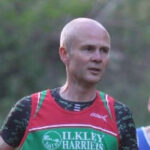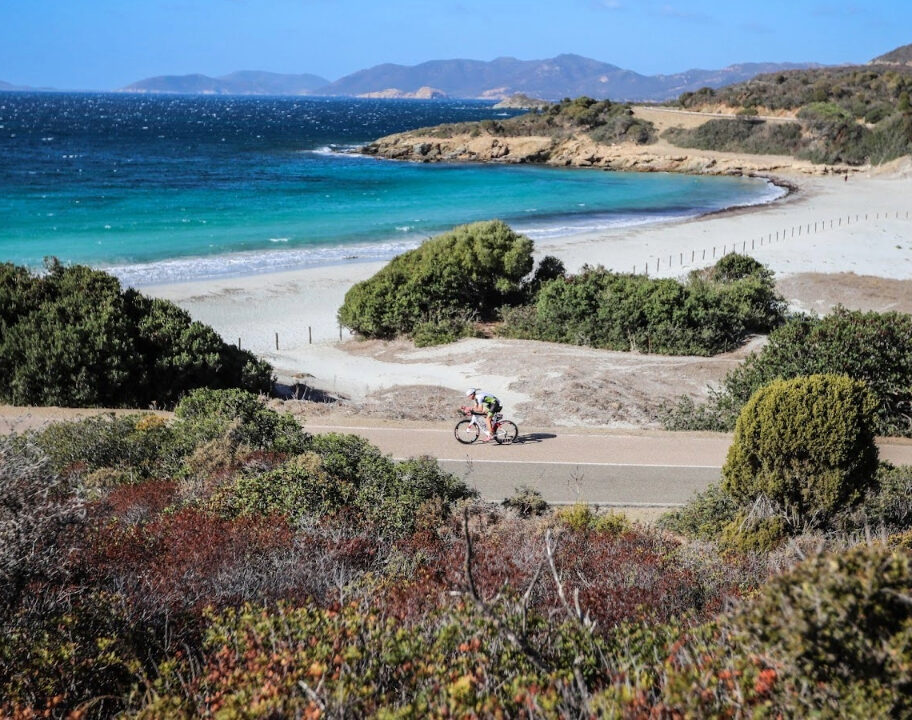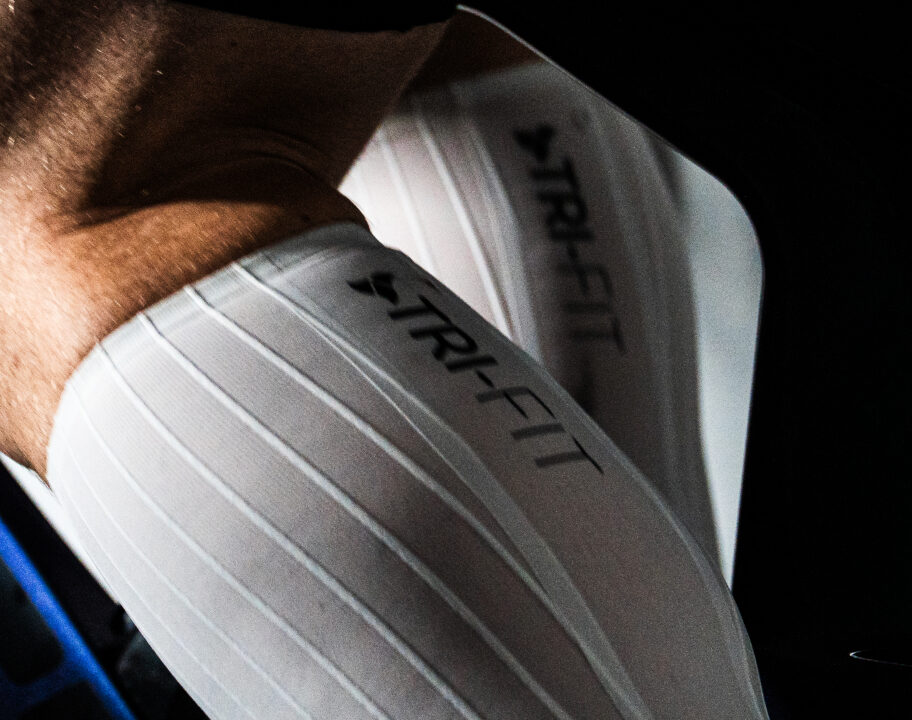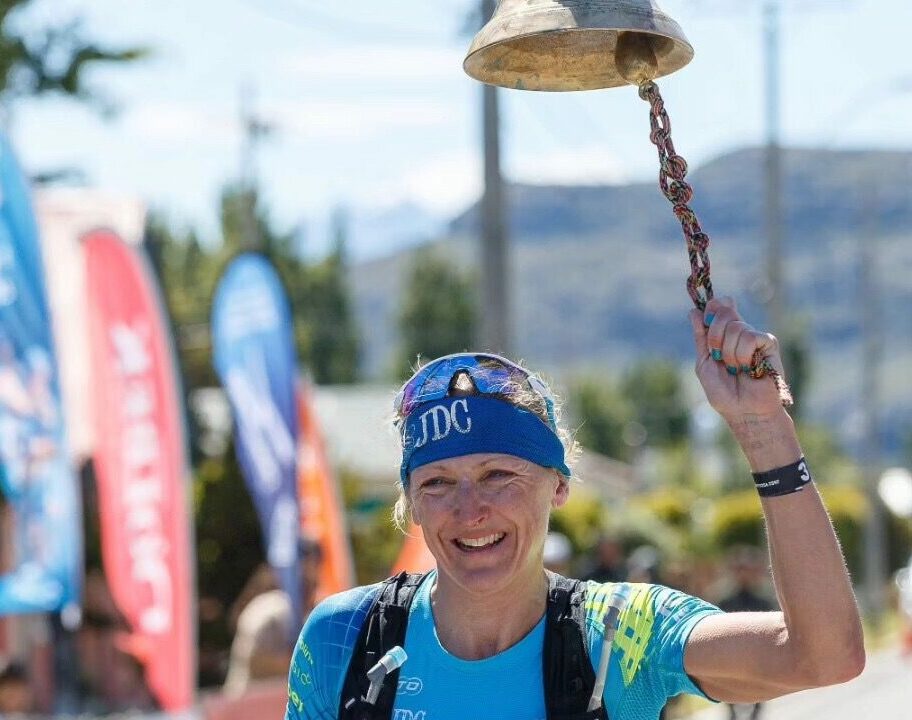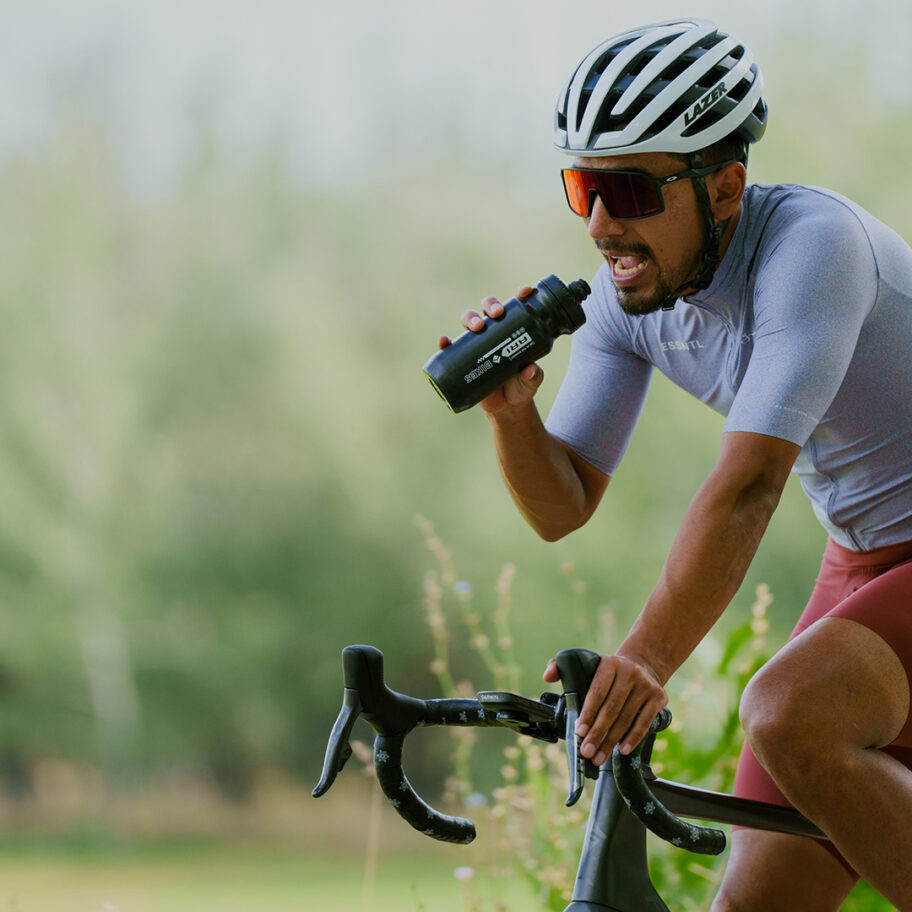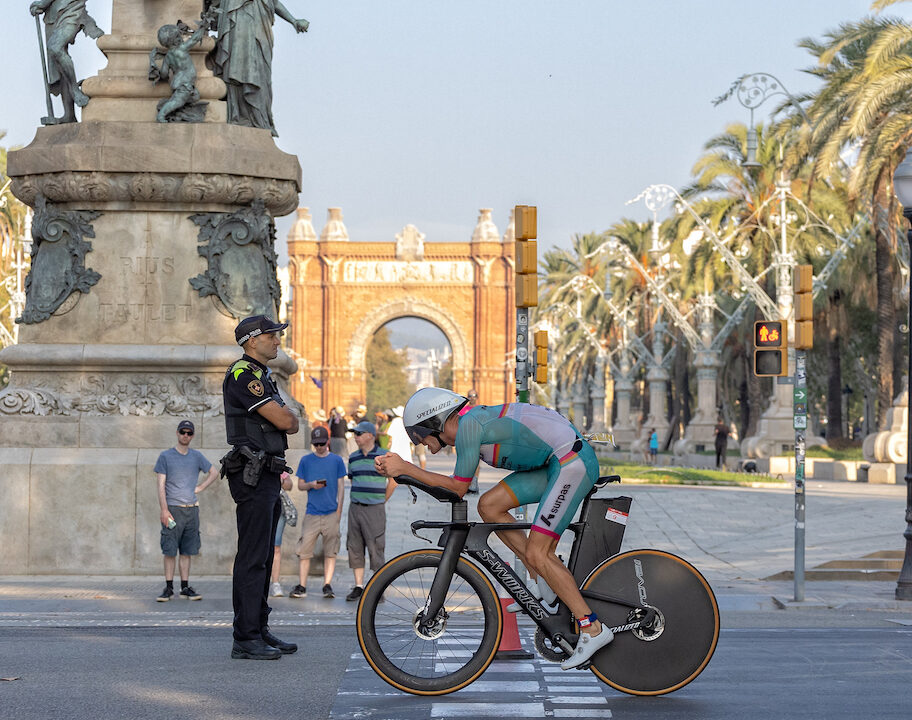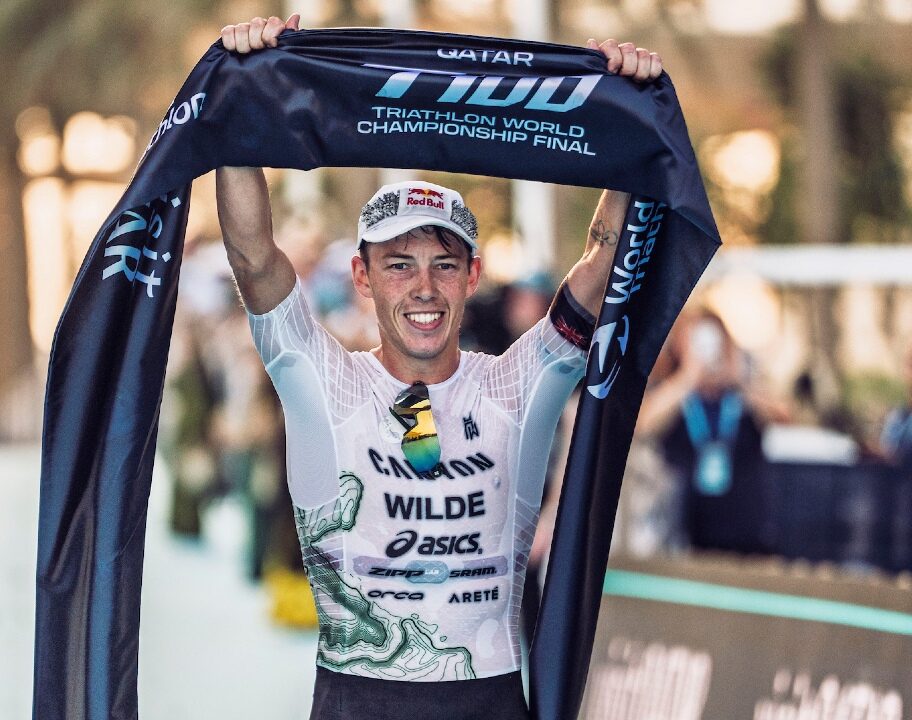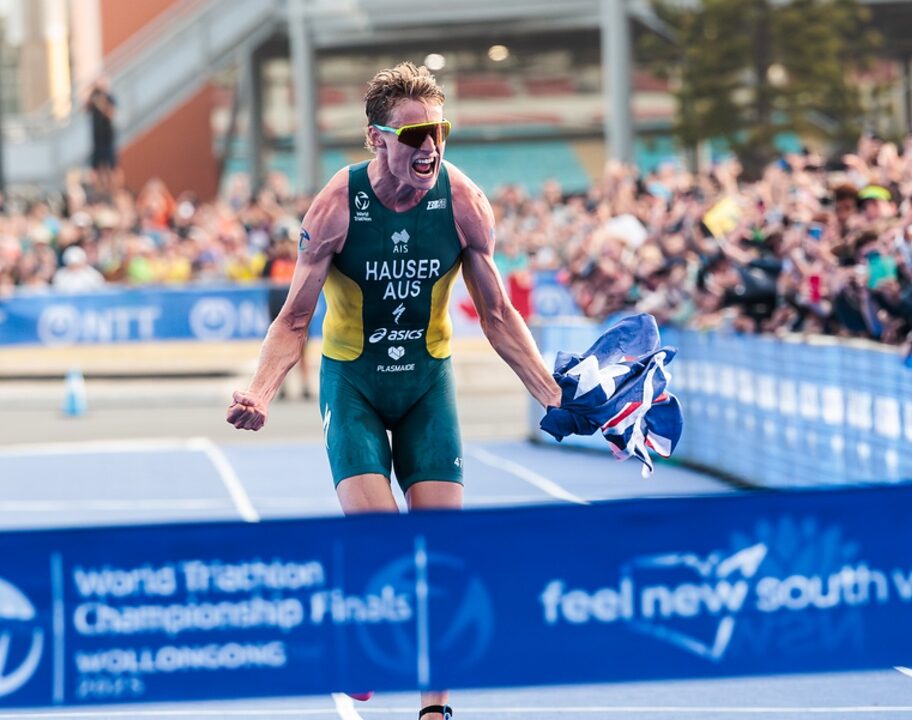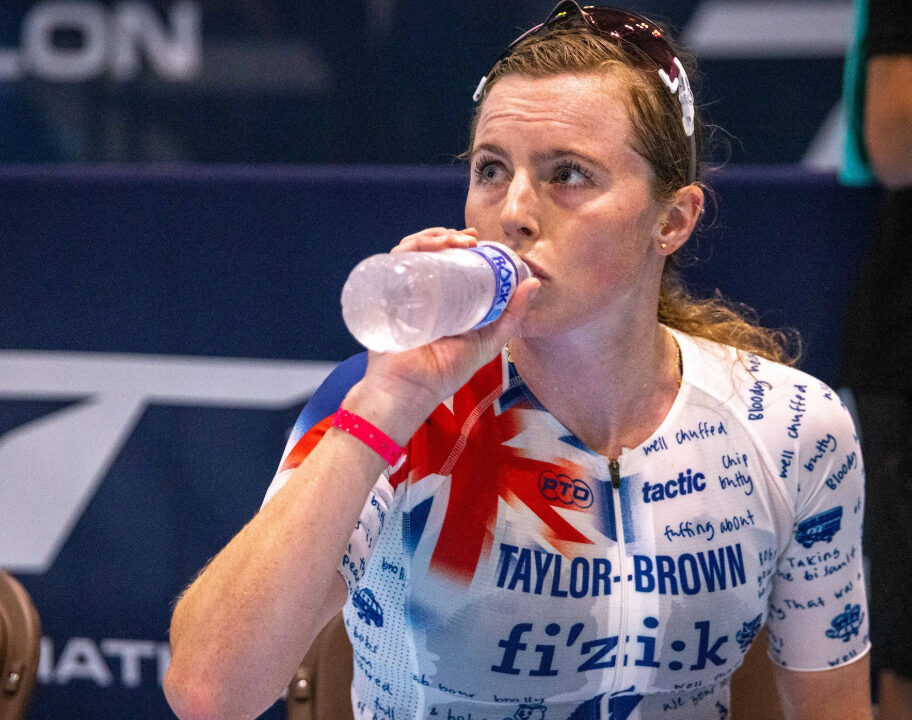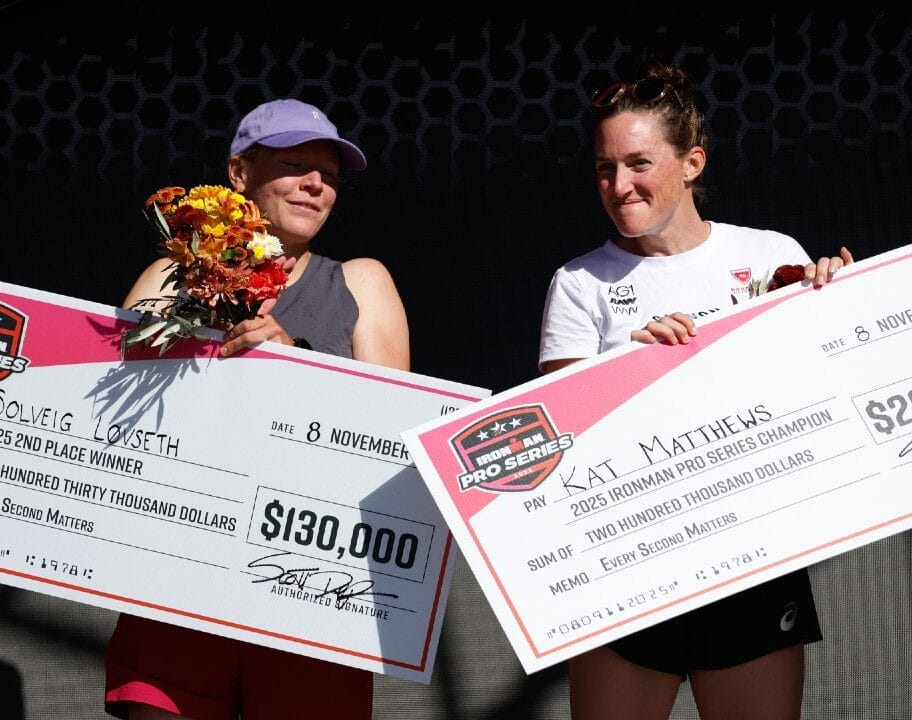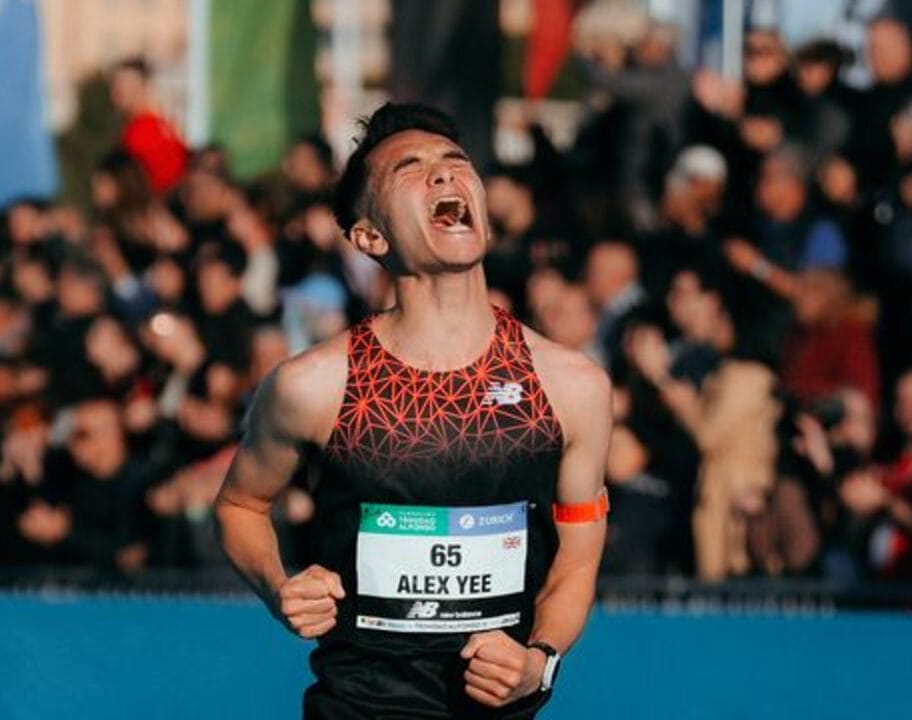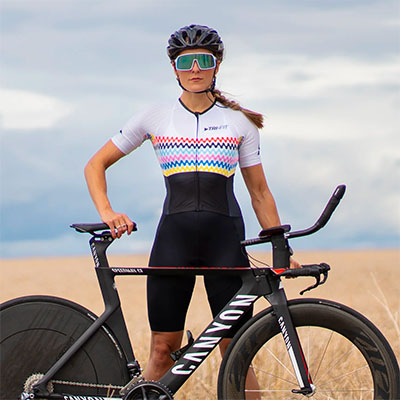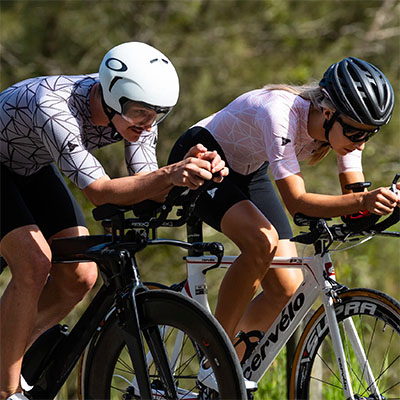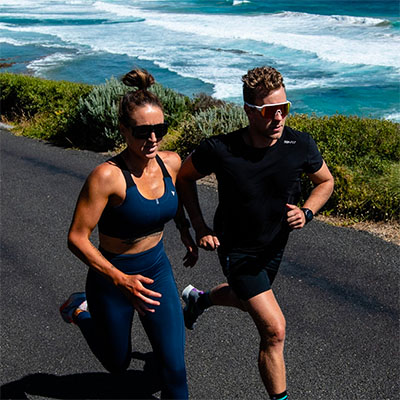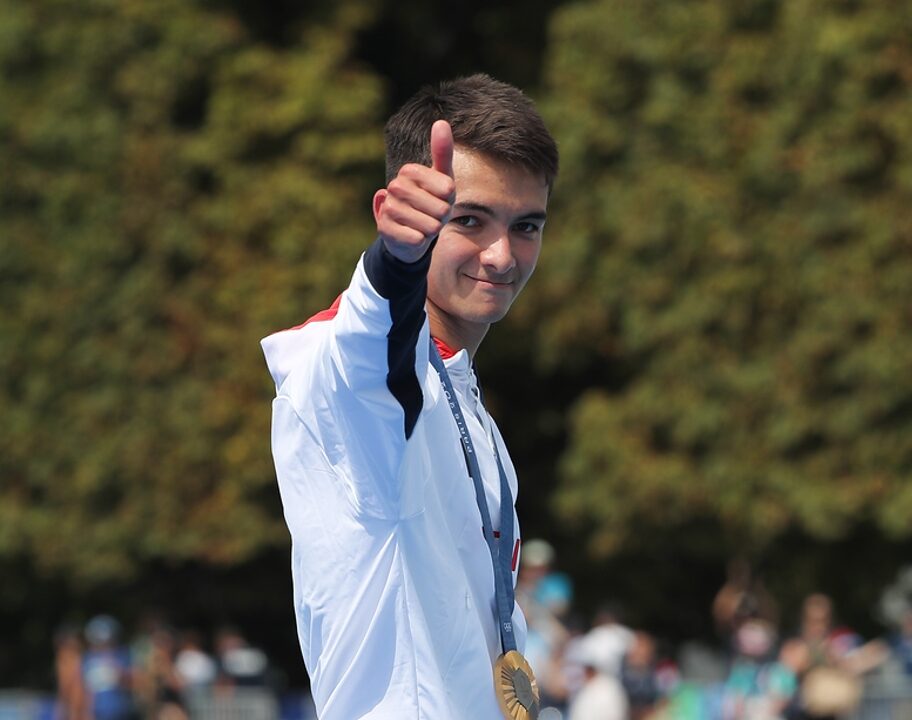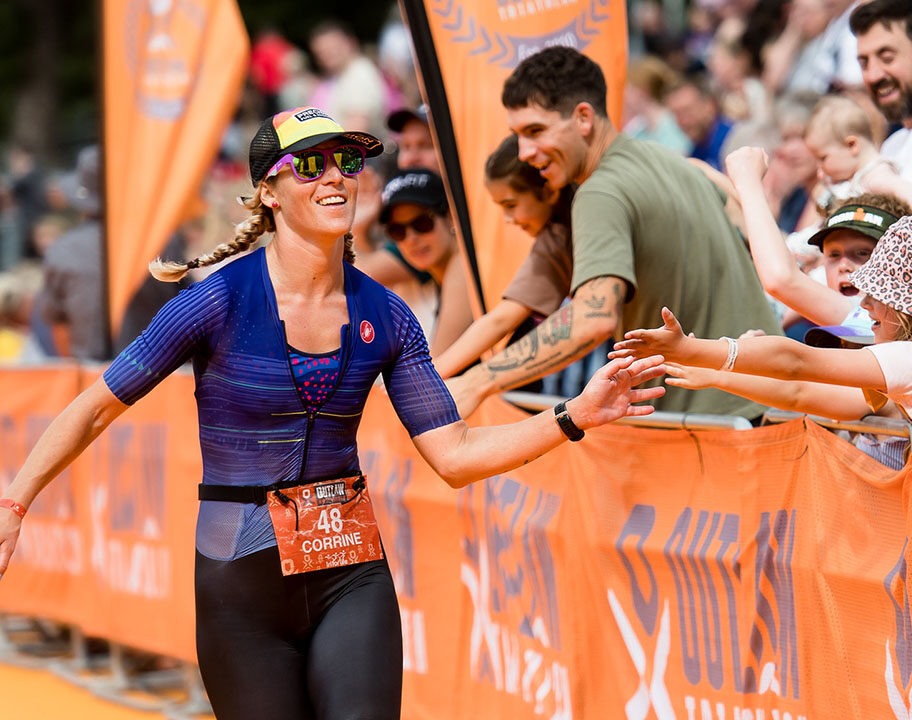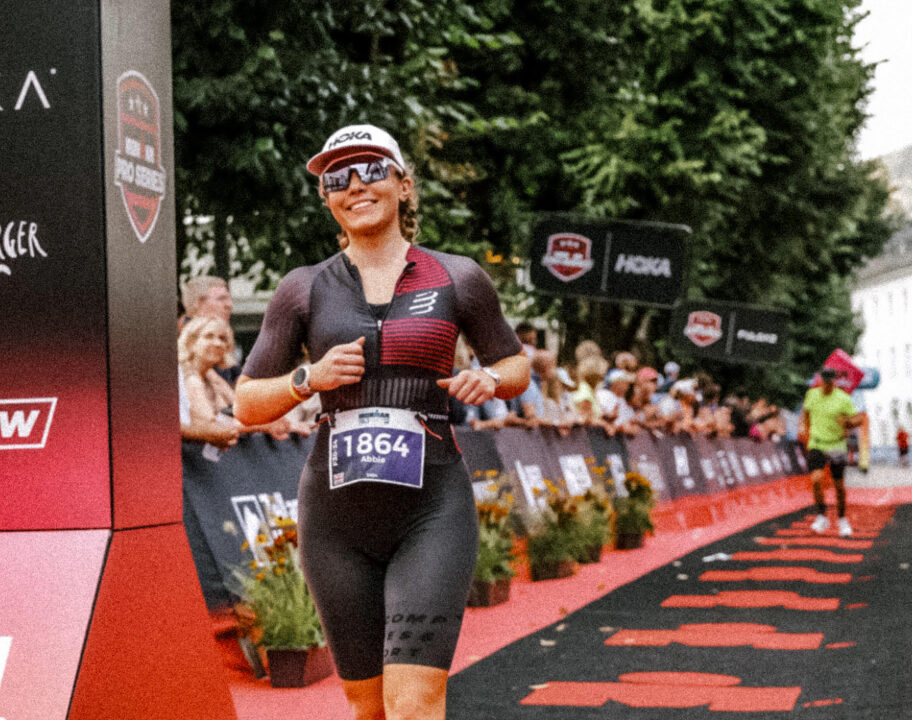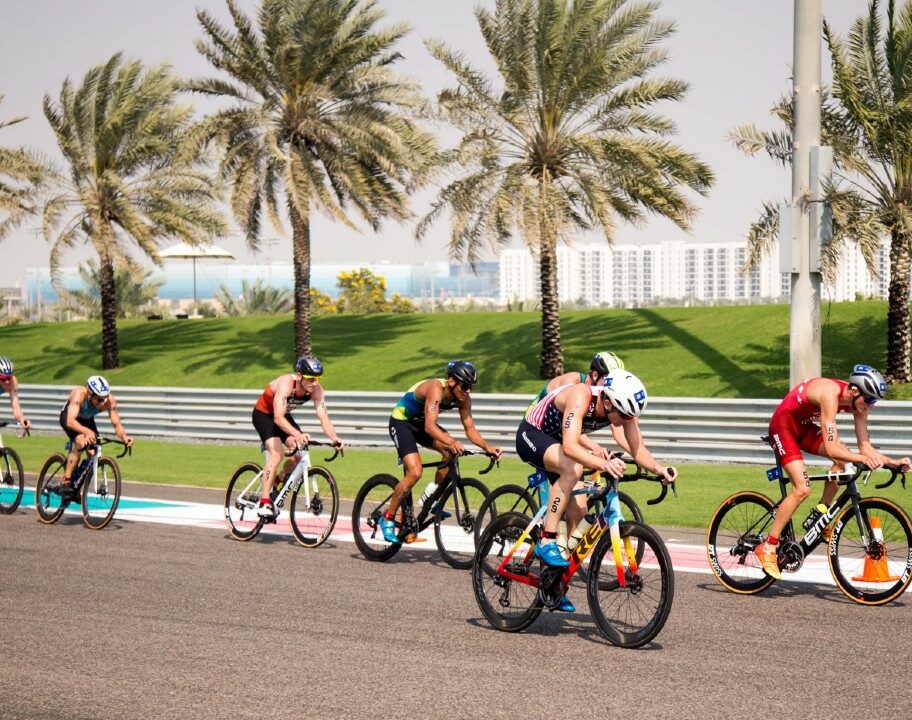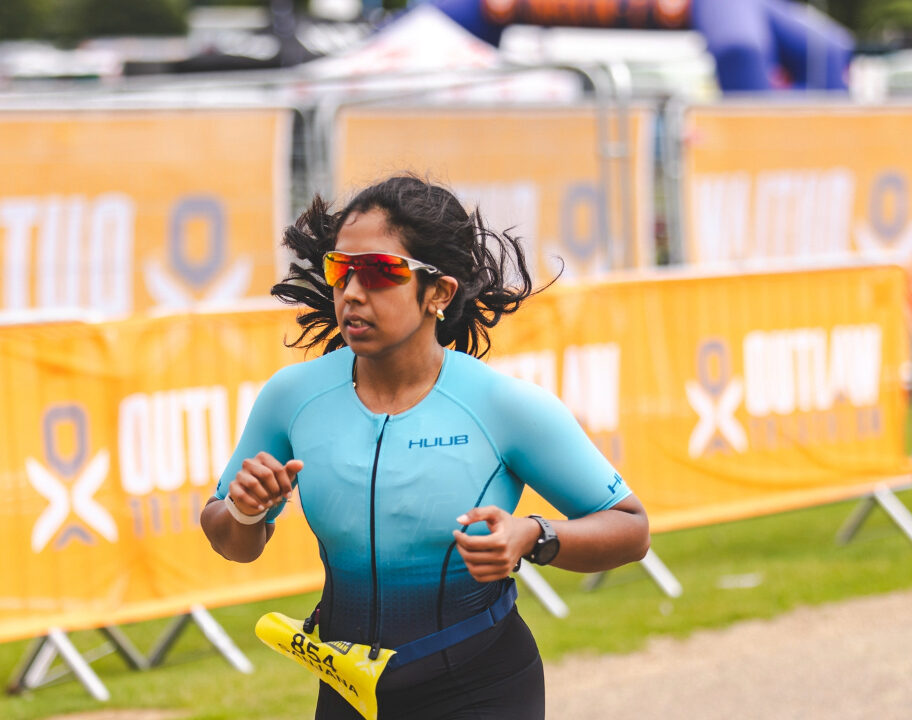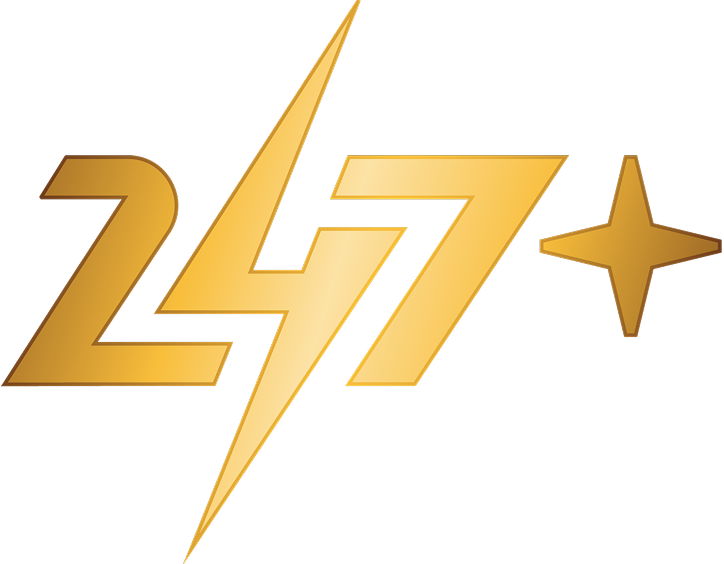RaceRanger, the triathlon drafting detection system, will be used for the first time by amateur, age-group athletes next month.
Over the past two years RaceRanger, which was developed in New Zealand, has been used extensively at most of the top-level non-drafting triathlons around the world, including the IRONMAN World Championships, the T100 Triathlon World Tour and the iconic Challenge Roth.
But Challenge Wānaka on February 15 will be the first time that amateur athletes will be able to try out the system.
‘This event is close to our hearts’
The event, on the South Island of New Zealand, has long been renowned as one of the most picturesque yet demanding triathlons in the world, and a bucket-list trip for athletes. And for 2025, its 19th year, moves back to its original downtown location on the shores of pristine Lake Wānaka.
It was also used as one of the first pro trials for RaceRanger back in 2023, with former IRONMAN World Champion Sebastian Kienle describing it afterwards as “the perfect tool for the perfect time”, pre-empting what proved to be very positive feedback from professional athletes as a whole.
This world-first trial of RaceRanger will now give amateur entrants a first-hand experience of this triathlon-specific technology that until now has only been available to the world’s top professionals.
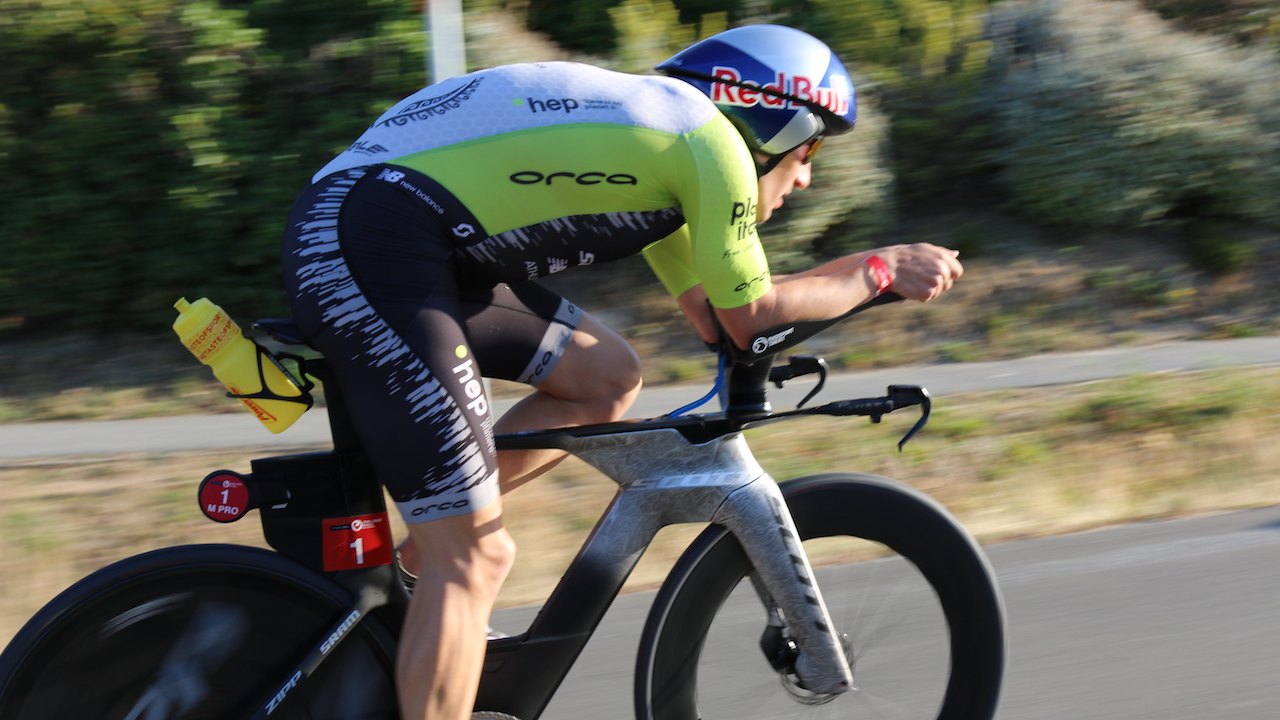
RaceRanger CEO James Elvery explained the progression and why at Wānaka, by saying: “This event is close to our hearts. As a Kiwi, Wānaka has always been where my family would return to for both summer and winter holidays, and we’ve now been lucky to call Wānaka home for the past five years.
“My RaceRanger Co-Founder Dylan McNeice won Challenge Wānaka three times when it was a full distance event, and it’s THE race that I recommend to any athlete I meet overseas looking to come to New Zealand for a holiday. You just can’t beat this course, with the lake, the mountains and opportunities to explore this outdoor wonderland right on our doorstep, and smack bang at the best time of year in the middle of February. To run our first age-group trials here was a no-brainer.”
Two-tier system?
There will be challenges to overcome during the implementation, not least the fact that hundreds – and sometimes thousands of amateurs – take part in events rather than relatively small pro fields.
But Elvery added: “We’ve firmly established RaceRanger as part of the furniture in the pro ranks at the top-level events around the world over the past two years, and now have our sights set firmly on getting to the age-group fields in the next 12-18 months.
“It’s going to require some adaptations to the way the system works, both to how the athlete interacts with it on course, and how we operate it in the back-end at events to make it more scalable.
“For Dylan and I, triathlon has been a big part of our lives for over 30 years. In that time we’ve observed that there are a lot of age groupers at the pointy end of the field who passionately care about fair racing, in the same way that the pros do.
“But there’s also a larger group that are there more for the achievement of getting in shape, to make it to the finish and have a great time getting there, than trying to qualify for a world championship. For these athletes our focus needs to be slightly different, and for RaceRanger to be relevant to them, we need to add other benefits than just addressing drafting.
“We are working on turning each device into a really precise athlete tracking system, that improves the spectator experience for family and supporters following along at the event or from afar. It’ll also be able to quickly alert the race organisers when an athlete has stopped on the side of the road and possibly had a crash, which will mean that targeted help can get to them faster.
“Then after the race, we can supply a ton of interesting new data, about who overtook who, when and where on the course. How long did it take, did the overtake happen legally etc, and then compare that with all the other passing activity through the race by the rest of the field. There’s a lot of room to expand into here, and triathletes love their data.”
How will it work in Wānaka?
In Wānaka, RaceRanger will function in much the same way it does at pro events, with all athletes shown a series of three light signals from the rear of the bike immediately in front of them to indicate their following distance.
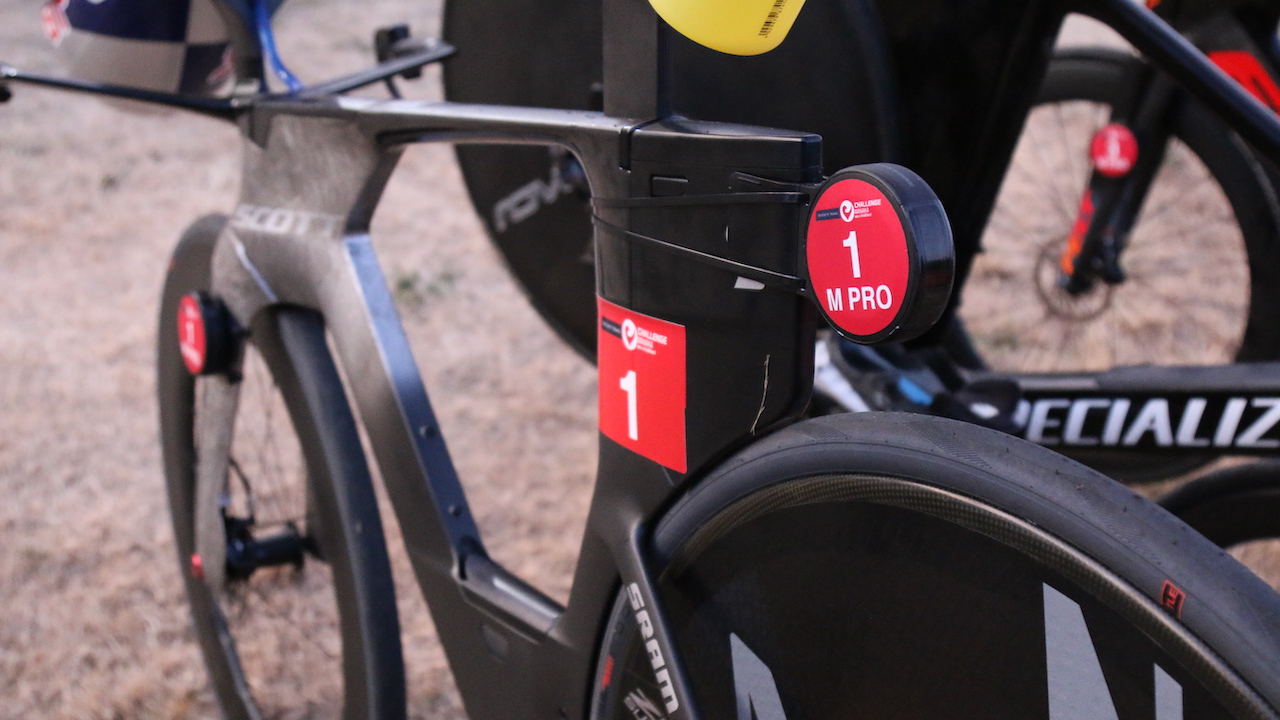
Elvery added: “In Wānaka we’ll be looking to get as hands on as possible with a good number of age-group bikes, to understand in detail the subtle differences in set-up between them and what we see with the pros. With the higher numbers, it will also clearly highlight to us which parts of our back-end processes won’t scale to the thousands, and need redesigning to make the step across.
In the future we can see a world where an age-group field might be separated into a competitive wave, and a more general entry group.
“The competitive wave might start all together from a gun start, because they actually want to race. The general entrants might be set off on a rolling start basis. Drafting lights would be activated only for the competitive athletes, regardless of who they were following, but perhaps not the other way around.
“For the general entry group the focus can be more on safety and their enjoyment of the event, with better live tracking providing a more engaging spectator experience for their supporters. This is what we are zeroing in on, and I really do believe these additions to major events has the potential to propel forward the growth and popularity of triathlon around the world.”

